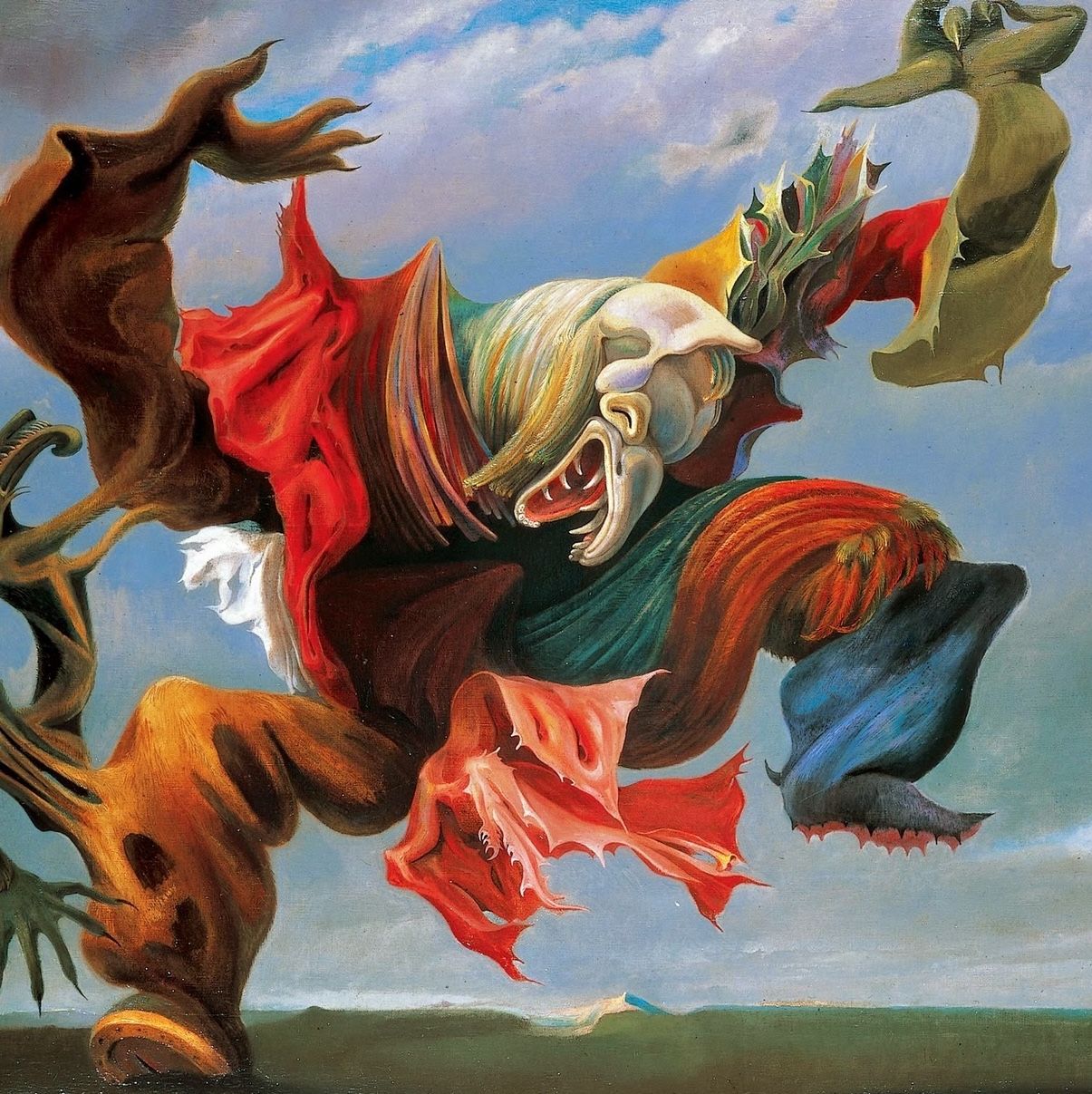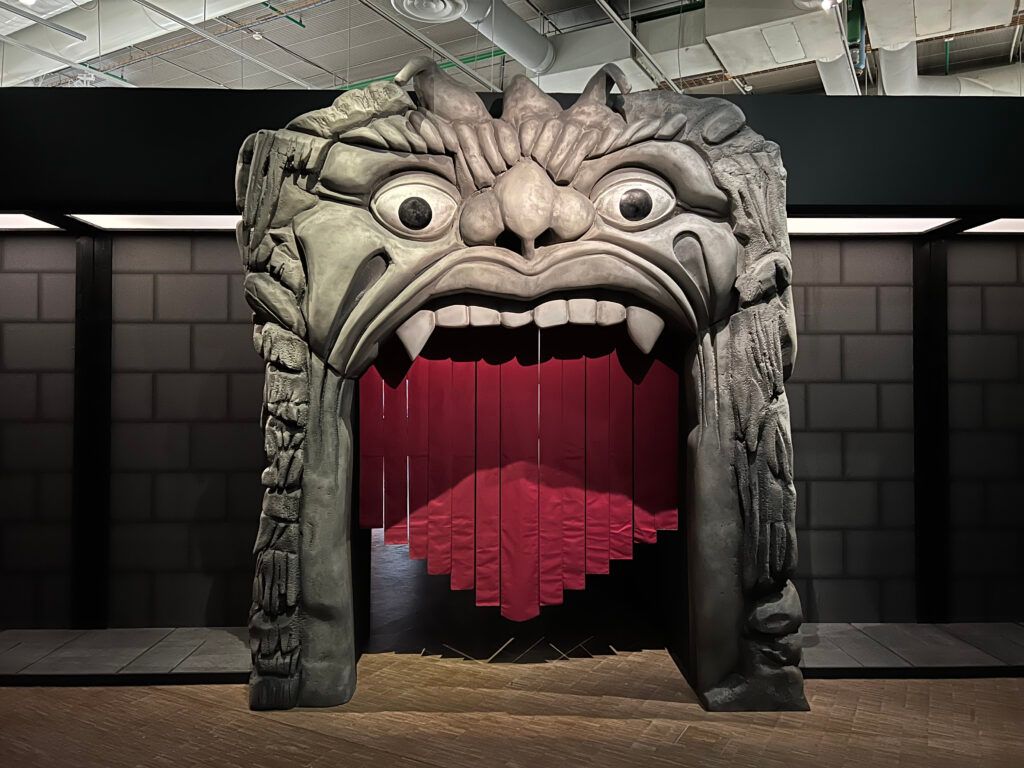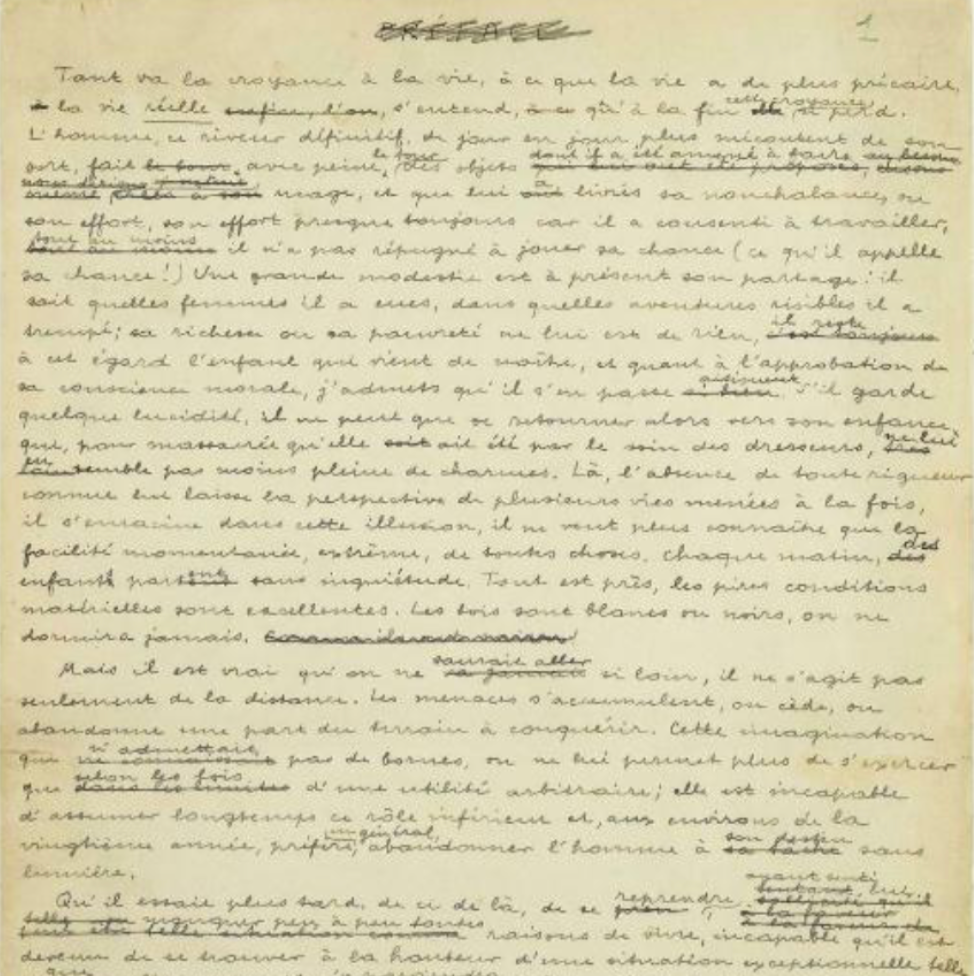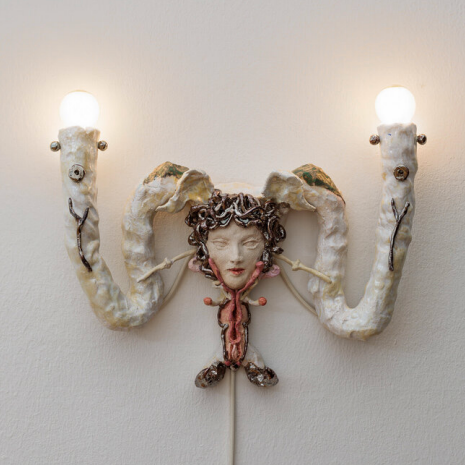
DOCENT PICK
Surréalisme(s)
02/09/2024
To celebrate the opening of the Surréalisme exhibition in Paris at the Centre Pompidou, Docent is pleased to present you a curated selection of contemporary artworks that evoke the reverie to which the surrealist spirit beckons us.
This selection aims to unleash the lion from the closet where you might have found shirts, echoing Frida Kahlo's famous image. It brings together works that are both aesthetically unconventional and conceptually intriguing, inviting you to keep dreaming.
This selection aims to unleash the lion from the closet where you might have found shirts, echoing Frida Kahlo's famous image. It brings together works that are both aesthetically unconventional and conceptually intriguing, inviting you to keep dreaming.
Our heartfelt tribute to the Centre Pompidou

As some of you may know, the Centre Pompidou will soon close its doors for a long-overdue renovation. With the heart of Paris temporarily quieted, this moment feels like the perfect opportunity for us to honor the legacy of this iconic museum and reflect on its many groundbreaking exhibitions and retrospectives.
What better way to mark the end of this chapter than with "Surréalisme," a fitting celebration that leaves these halls brimming with memories, wrapped in a festive and decadent (French) flair?
What better way to mark the end of this chapter than with "Surréalisme," a fitting celebration that leaves these halls brimming with memories, wrapped in a festive and decadent (French) flair?

Entering the Surrealist exhibition, you are confronted not with artworks but with experiences, as the space is designed like a maze, organized both chronologically and thematically, and structured into 14 sections that evoke the literary figures who inspired the movement (Lautréamont, Lewis Carroll, Sade, etc.) and the poetic principles that structure its imagery (the artist as a medium, dreams, the philosopher’s stone, the forest, etc.).

The history of Surrealism start on a single page. On October 15, 1924, a thunderclap resonated across the French and European art world as the poet, writer and later artist André Breton published his first Manifesto of Surrealism. Disillusioned by the apathetic nature of Dadaism—its impassivity, lack of emotion, and inherent negativity—Breton took a decisive stand. In this seminal text, he became the first to advocate for the artist's duty to create solely through the unconscious, guided by dreams and chance.
Where are we know?
What remains, then, of this movement from the 1920s and 1930s through which surrealism transformed minds and images? A hundred years later, it seems more decisive than ever in shaping our relationship with reality, which grows increasingly complex and unsettling by the day. In the face of the chaos that engulfs our generations, perhaps we too must resist the Dadaist discord and instead turn inward to our own inner poetry. This, at least, seems to be the message conveyed by contemporary artists who continue to ignite the surrealist synergy.

Ceci n'est pas une pipe
Borrowing from Magritte's notion that what you see is not reality—"This is not a pipe," as he famously wrote beneath his image—this selection of works reflects the disorienting nature an artwork can embody when contrasted with its utility or physical appearance.
Embrace your unconscious
Surrealism also emerged as the moment when, for the first time, art adhered to the principles of the psychoanalyst Sigmund Freud, allowing thought to drift and rationality to recede in favor of imagination and the unconscious. Techniques such as automatic writing, dream interpretation, and the use of nonsensical speech have today found a unique legacy in dreamlike landscapes, which sometimes offer an escape that seems to lead us towards another dimension.
Mutations and Transformations
During the Surrealist movement, détournement—redirecting objects from their conventional use—played a key role in challenging perception and provoking thought. Salvador Dalí's Lobster Telephone is a quintessential example, where a mundane telephone is transformed by replacing the receiver with a lobster. This bizarre juxtaposition disrupts familiar associations, turning the everyday into a surreal spectacle. By merging disparate elements, Dalí's work exemplifies how surrealists used détournement to create new meanings and explore the boundaries of reality.
